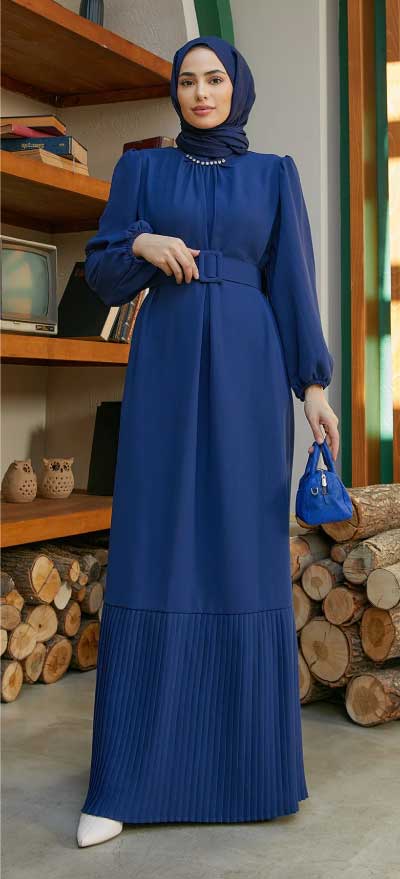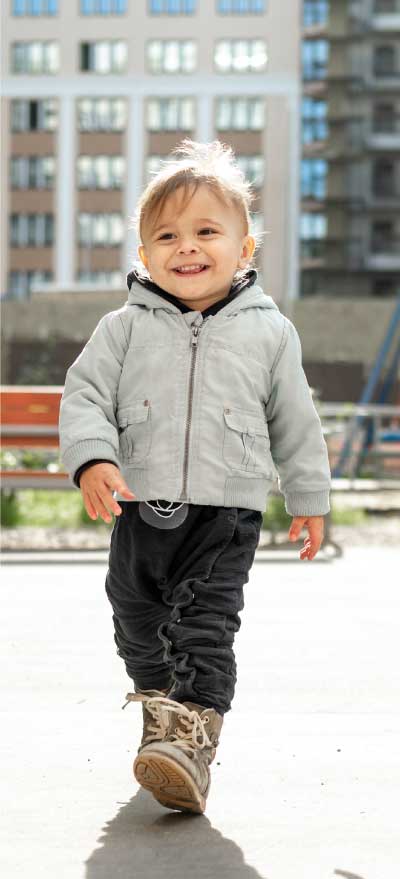Tips for Showcasing Kids' Accessories
Children's accessories present unique retail challenges and opportunities that require specialized display strategies. Unlike adult accessories, kids' items must appeal to both the child who will wear them and the parent or guardian who makes the purchasing decision. Successfully showcasing these products involves creating displays that capture children's imagination while demonstrating practical value to adults. Whether you're managing a dedicated children's boutique or incorporating kids' accessories into a broader retail operation like Clothing Supplier, understanding these dual audience dynamics is essential for maximizing sales potential.
Understanding the Dual Customer Dynamic
When displaying children's accessories, recognize that you're marketing to two distinct audiences simultaneously. Children are drawn to bright colors, fun patterns, and items that reflect their favorite characters or interests. Parents, however, focus on quality, durability, safety, and value for money. Your display strategy must address both perspectives without compromising either appeal.
Position accessories at multiple height levels to engage both children and adults effectively. Place eye-catching, colorful items at child height where young shoppers can see and interact with them safely. Simultaneously, ensure that quality details, care instructions, and safety information are visible to adults who need this information to make informed purchasing decisions.
Create interactive display elements that allow children to safely examine accessories while maintaining organization and security. This approach keeps children engaged during shopping trips while giving parents time to evaluate products thoroughly. The key is balancing accessibility with protection to prevent damage while encouraging exploration.
Safety-First Display Considerations
Children's accessories require heightened safety awareness in display design and implementation. All display fixtures must be securely anchored and free from sharp edges, small parts, or potential hazards that could harm curious children. Use rounded corners, secure mounting systems, and materials that can withstand handling by energetic young customers.
Position small accessories like jewelry, hair clips, or buttons in secure displays that prevent choking hazards while remaining visible and appealing. Clear acrylic cases or secured display boards keep tiny items safe while allowing full visibility. Ensure that any interactive elements are age-appropriate and designed to withstand enthusiastic handling.
Consider the mobility and unpredictability of children when planning your display layout. Create clear pathways that accommodate strollers and allow for supervised exploration. Avoid placing valuable or fragile items within easy reach of unsupervised children, while ensuring that appropriate items remain accessible for examination.
Age-Appropriate Organization Systems
Organize children's accessories by age groups to help parents quickly locate appropriate items for their child's developmental stage. Create clear sections for infants, toddlers, preschoolers, and school-age children, with visual cues that make navigation intuitive for busy parents. This organization system reduces frustration and increases the likelihood of successful purchases.
Within each age category, group accessories by function or occasion. Create sections for everyday wear, special occasions, sports activities, and seasonal needs. This functional organization helps parents find exactly what they need while encouraging additional purchases for different situations.
Use clear, colorful signage that incorporates both text and visual elements to communicate age appropriateness. Icons or symbols can help children identify sections that appeal to them while providing parents with quick reference points during shopping trips.
Creating Colorful and Engaging Displays
Children's accessories offer opportunities for vibrant, playful displays that create excitement and encourage exploration. Use bright colors strategically to draw attention while maintaining enough organization to prevent overwhelming sensory overload. Balance bold colors with neutral elements that allow individual accessories to stand out.
Implement themed displays that reflect children's interests and current trends. Popular characters, seasonal themes, or activity-based groupings can create compelling focal points that attract young customers. However, ensure that themed displays remain flexible enough to accommodate inventory changes and evolving trends.
Consider the psychological impact of color on both children and parents. Bright, cheerful colors create positive associations with your brand and products, while organized, clean presentations reassure parents about quality and value. Clothing Supplier understands that effective children's displays must balance fun appeal with professional presentation standards.
Interactive and Educational Elements
Incorporate interactive elements that allow children to safely engage with accessories while learning about their use and care. Mirror stations for trying on hats, headbands, or jewelry create engagement while helping parents assess fit and appeal. Ensure that these interaction zones are well-supervised and regularly sanitized.
Educational displays that teach children about seasonal appropriateness, care instructions, or coordination with clothing can add value while entertaining young customers. Simple, colorful charts showing how to match accessories with outfits or seasonal weather conditions serve both educational and marketing purposes.
Create play-based learning opportunities through your displays. Activity stations where children can practice using hair accessories, trying on different hat styles, or coordinating colors keep them engaged while parents shop. These elements transform shopping from a chore into an enjoyable family activity.
Seasonal and Trend Adaptation
Children's accessory preferences change rapidly with seasons, trends, and popular culture influences. Design flexible display systems that can quickly adapt to new themes, colors, or product categories without requiring major reorganization. Modular fixtures and adjustable elements provide the flexibility needed for dynamic inventory changes.
Stay current with children's entertainment trends, popular characters, and seasonal activities that influence accessory preferences. Back-to-school periods, holiday seasons, and summer activities each create specific accessory needs that your displays should highlight and support.
Consider regional and cultural factors that influence children's accessory preferences in your area. Local sports teams, cultural celebrations, or climate considerations may impact which accessories appeal most to your customer base.
Parent-Friendly Information Systems
Provide clear, accessible information that helps parents make informed decisions about children's accessories. Include size guides, age recommendations, safety certifications, and care instructions in formats that are easy to read and understand quickly. Busy parents appreciate having essential information readily available.
Implement digital solutions like QR codes that link to additional product information, styling tips, or safety guidelines without cluttering your physical display space. These tools provide detailed information for parents who want it while maintaining clean, appealing visual presentations.
Create quick reference guides for common parent concerns like age appropriateness, safety standards, and coordination suggestions. These resources demonstrate expertise while supporting confident purchasing decisions.
Cross-Merchandising Opportunities
Children's accessories work exceptionally well in cross-merchandising displays that show complete outfit coordination. Display accessories alongside compatible clothing items to demonstrate styling options while increasing average transaction values. This approach helps parents visualize complete looks while encouraging multiple purchases.
Position accessories near checkout areas where they serve as impulse purchases for children who have been well-behaved during shopping trips. These strategic placements can significantly boost sales while providing parents with small rewards for cooperative children.
Create seasonal coordination displays that show how accessories complement weather-appropriate clothing. Summer displays might feature sun hats with swimwear, while winter presentations could combine warm hats and mittens with outerwear.
Conclusion
Successfully showcasing children's accessories requires balancing fun appeal with practical considerations for safety, organization, and parent satisfaction. By implementing age-appropriate organization, colorful yet organized displays, interactive elements, and comprehensive information systems, retailers can create environments that delight children while supporting confident parent purchases. Whether working with wholesale suppliers like Clothing Supplier or developing unique collections, these strategies ensure that children's accessories receive the specialized presentation they require for maximum sales impact. Remember that successful children's retail creates positive experiences for entire families, building loyalty that extends far beyond individual transactions and supporting long-term business growth.


































